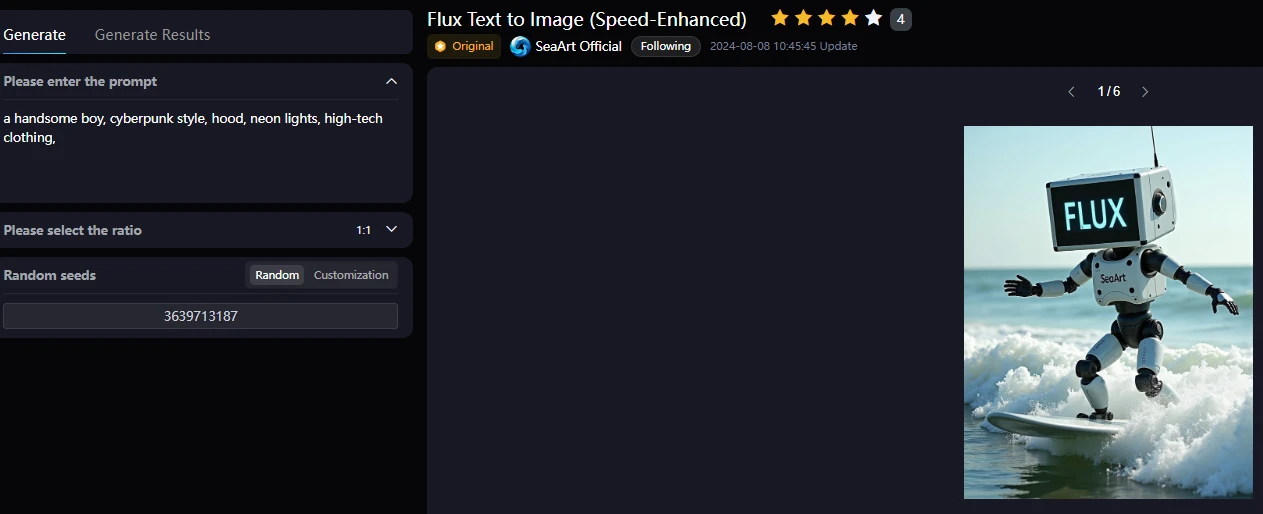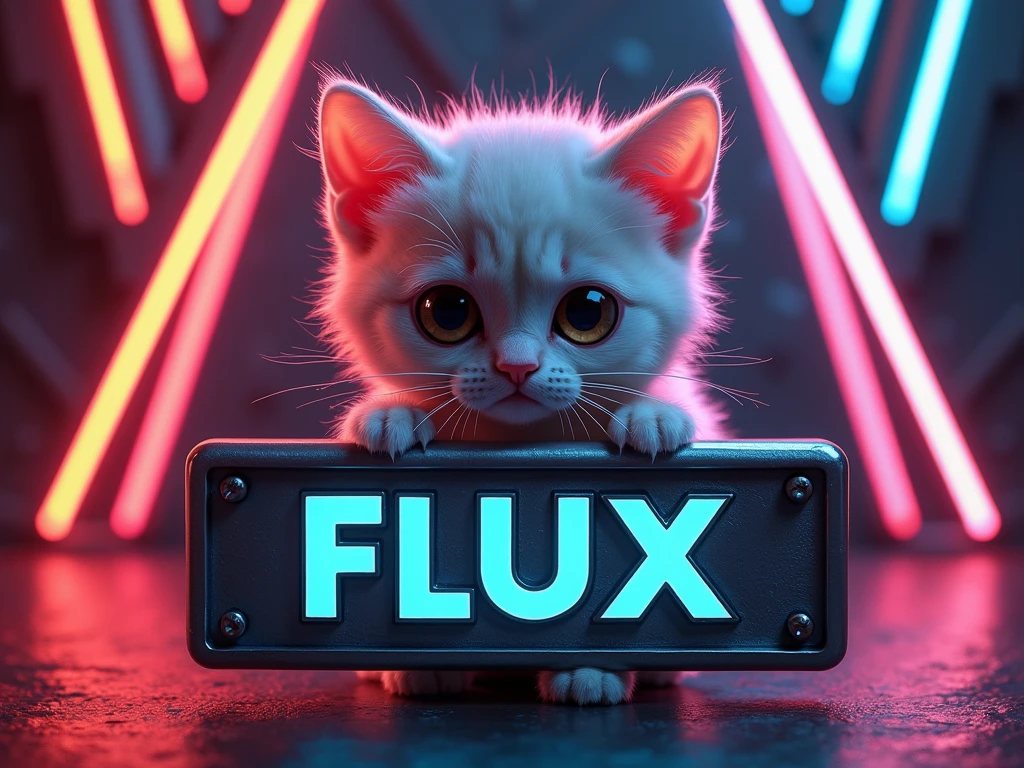Introduction:
Currently,MidJourney and Stable Diffusion are among the most widely used AI image generation tools. However, the recently launched Flux AI model by Black Forest Labs is rapidly gaining traction due to its superior generation capabilities and detailed rendering. Not only can Flux produce more realistic images, but it also excels in handling complex scenes.
Flux AI Model Series
● FLUX.1 Pro: A top-tier commercial version designed for professional users.
● FLUX.1 Dev: An open-source version, suitable for non-commercial use and development.
● FLUX.1 Schnell: A fast, lightweight version ideal for local development and personal use, with simplified operations.
Flux AI utilizes a multimodal Transformer architecture, combined with parallel diffusion mechanisms to significantly enhance text-to-image conversion efficiency. With 12 billion parameters, Flux outperforms other models in generating high-resolution, detailed images.
1. Comparison with MidJourney and Stable Diffusion
● Image Quality: Flux excels at producing high-resolution, detail-rich images, especially in human anatomy and complex compositions. MidJourney leans more towards artistic styles, while Stable Diffusion focuses on projects requiring realism.
● Speed: The Schnell variant of Flux is exceptionally fast, perfect for workflows requiring rapid iterations. In contrast, MidJourney relies on cloud services, which can sometimes involve wait times, and Stable Diffusion tends to be slower.
● Human Anatomy Rendering: Flux delivers the most accurate hand and facial details. MidJourney prioritizes artistic aesthetics, while Stable Diffusion requires additional plugins to achieve precision in rendering details.
2. Advantages of Flux Model
● No plugins needed: Flux generates images in various styles without requiring additional plugins.
● Simplified prompts: Users can create ideal images using only positive prompts, without the need for complex negative prompt engineering.
● High Flexibility: Offering both open-source and commercial versions, Flux meets diverse user needs and provides a high level of customization.
3. Installation and Quick-Start Guide for Flux AI
If you find Flux Dev FP8 too slow, the Flux Schnell version is the right choice. This distilled model with FP8 precision allows for high-quality image generation in just a few steps. (Note: You’ll need 16GB VRAM to run this workflow).
Step 1: Download Flux Schnell Model
● Get the model from HuggingFace: flux1-schnell-fp8.safetensors and place it in the ComfyUI > models > unet folder.
Step 2: Download CLIP Models
● Download the following CLIP models and place them in the ComfyUI > models > clip folder:clip_l.safetensors
○ t5xxl_fp8_e4m3fn.safetensors
Step 3: Download VAE File
● Download and place it in the ComfyUI > models > vae folder: ae.safetensors.
Step 4: Update ComfyUI
ComfyUI natively supports Flux starting August 2024. Update ComfyUI through the ComfyUI Manager by clicking Manager > Update All. After the update, reload the page—restarting the app won’t be enough.
Step 5: Load Flux Schnell Workflow
Download and import the Flux1 Schnell workflow JSON file to begin generating images.
4. Flux Features on the SeaArt PlatformSeaArt
SeaArt provides a basic Flux text-to-image generation tool, where you can generate images simply by inputting text commands. The process is user-friendly and efficient.
Access the Flux text-to-imagetool here:


SeaArt also provides Flux-related models for Lora training, supporting the upload of model files based on Flux.1 S or Flux.1 D. The maximum file size for uploads has been increased to 23GB, allowing users to train and customize models with more flexibility.



